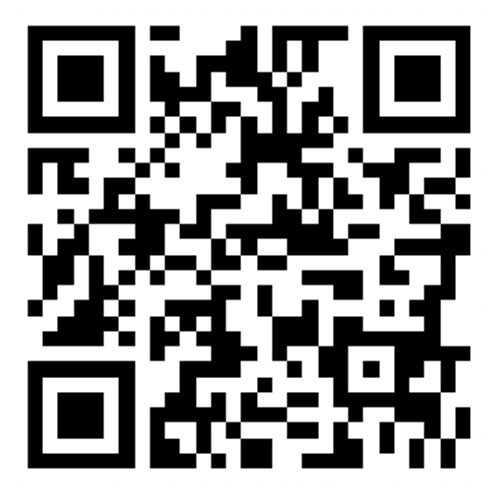
- · Diaphragm coupling
- · Star type plum coupling
- · Roller chain coupling
- · Torsional Coupling
- · Drum gear coupling
- · elastic pin coupling
- · UL type tyre coupling
- · NL type internal gear elastic coupling
- · Slider coupling
- · YL YLD flange coupling
- · JS type serpentine spring coupling
- · At type rubber elastic coupling
- · Small cross universal coupling
- · Universal coupling
- Precision coupling

- · YX01 single diaphragm coupling
- · Yx02 double diaphragm coupling
- · Yx03 single diaphragm coupling
- · Yx04 bellows coupling positioning
- · Yx05 bellows coupling clamping type
- · Yx06 bellows expansion sleeve coupling
- · Yx07 elastic tube coupling positioning
- · Yx08 elastic tube coupling
- · Yx10 plum elastic coupling positioning
- · Yx11 plum elastic coupling clamping
- · Yx12 cross slider coupling positioning
- · Yx13 cross slide coupling clamping
- · Yx14 rigid coupling positioning
- · Yx15 rigid coupling clamping
- · Yx16 plum blossom elastomer expansion sleeve coupling
- Expansion sleeve

- · Expansion joint sleeve series
- Gear sprocket

- · gear
- · Sprocket wheel
- · Spiral bevel gear
- Synchronous pulley

- · Trapezoid tooth synchronous belt
- · Circular tooth synchronous belt
- · Straight pass synchronous pulley
- · Cone pass synchronous pulley
News
- Foshan center coupling applications
- Several fixed way center couplings
- What are the selection criteria should be met expansion sets
- Advantages and disadvantages of hydraulic couplings
- Universal coupling of materials and processing procedures directly affect its use of life
- Flexible pin coupling characteristics and scope
- Coupling balancing factor analysis
- Domestic mechanical coupling standard
- UL tire coupling of features introduced
- Compared with the gear coupling, diaphragm coupling has the following advantages
Coupling balancing factor analysis
Coupling balancing factor analysis
Author: Foshan Electrical and Mechanical center
Coupling balancing factor analysis: the coupling due to various reasons it centroid or inertia spindle rotation axis does not coincide with its plus, when in operation will generate unbalanced centrifugal force, centrifugal force and even dynamic deflection (vibration type) phenomenon called rotor imbalance
Coupling balancing factor analysis:
Couplings for various reasons it centroid or inertia spindle rotation axis does not coincide with its plus, when in operation will generate unbalanced centrifugal force, centrifugal force and even dynamic deflection (vibration type) phenomenon, known as rotor imbalance phenomenon, this imbalance would inevitably lead to vibration shaft, thus affecting the normal work and life of the machine. Factors causing the rotor unbalance is nothing more than a rotor body asymmetry, manufacture and installation errors, uneven and other materials in three areas. It should be resolved by calculating the increase with the mass balance in the first design phase. After the two only through the balancing machine or balancing the scene to determine the size and orientation of rotor imbalance, thus should be added to determine the size of the radius of the mass balance and orientation, add, subtract the mass balance for balance. Coupling may be corrected imbalances in the following areas 1, balance correction tolerance specification. 2, error balance correction equipment, instruments and calibration mandrel assembly. 3, after the coupling balance correction reassembled and installed two-axis errors generated when connected. 4, significant changes caused by the temperature change of the rotor imbalance. 1, the coupling body parts (half couplings, etc.) design specification to manufacturing tolerances resulting imbalance. 2, the surface of the eccentric and shaft couplings (cylindrical axis of the bore and the outer edge and coaxial) arising imbalance. 3, couplings with the gap between the parts. 4, (threaded connections, keys, shaft end plate) coupling attachment uneven distribution caused by unbalanced or asymmetrical. 5, the material of each part of the coupling uneven or unbalanced due to uneven wear.


